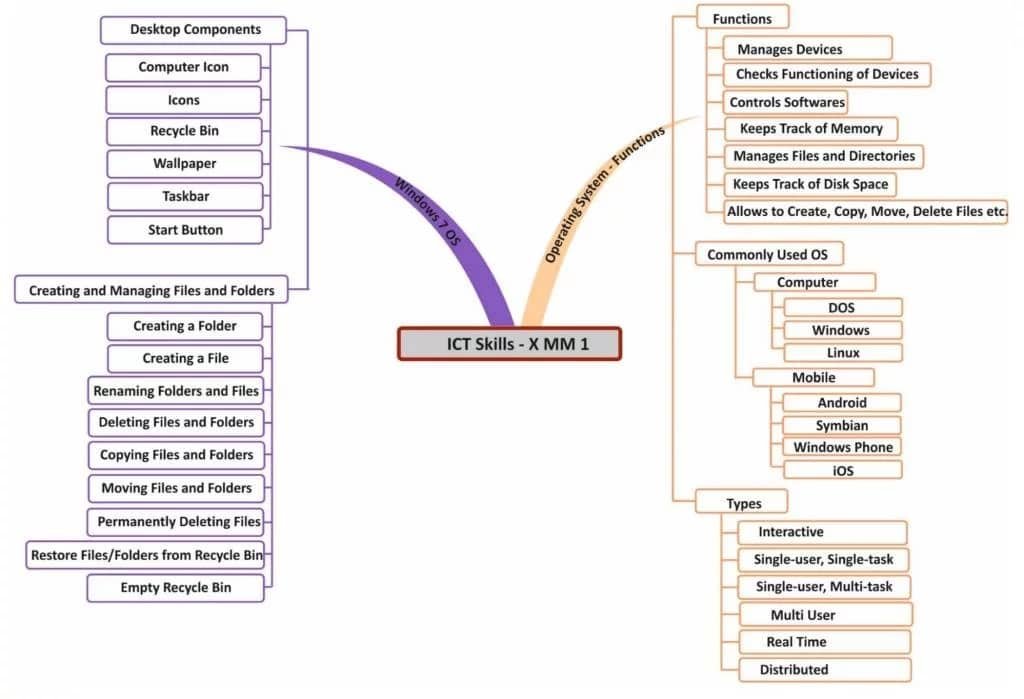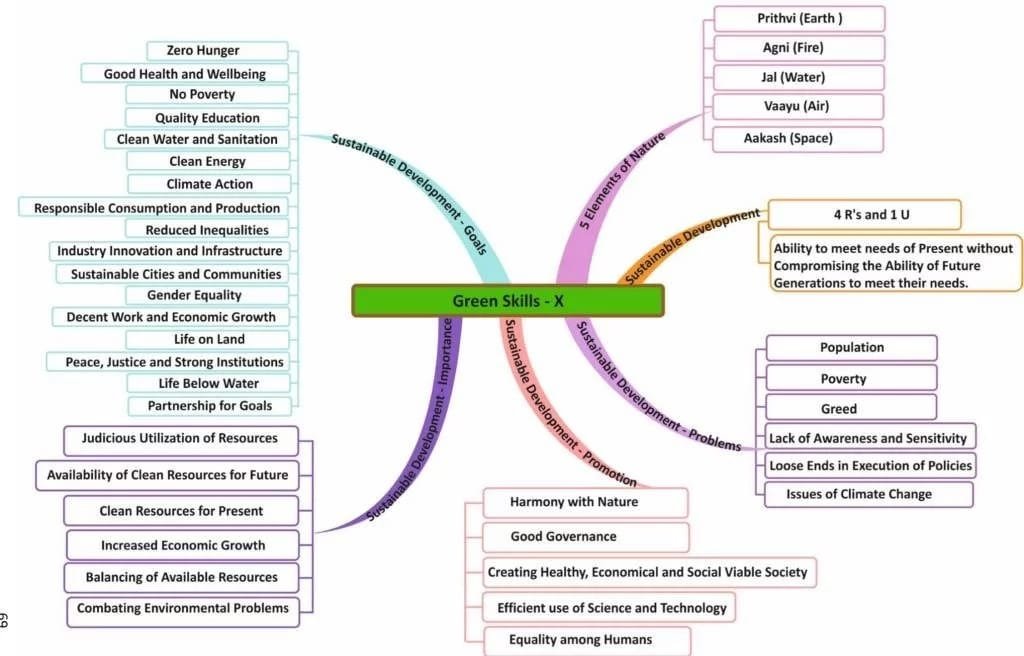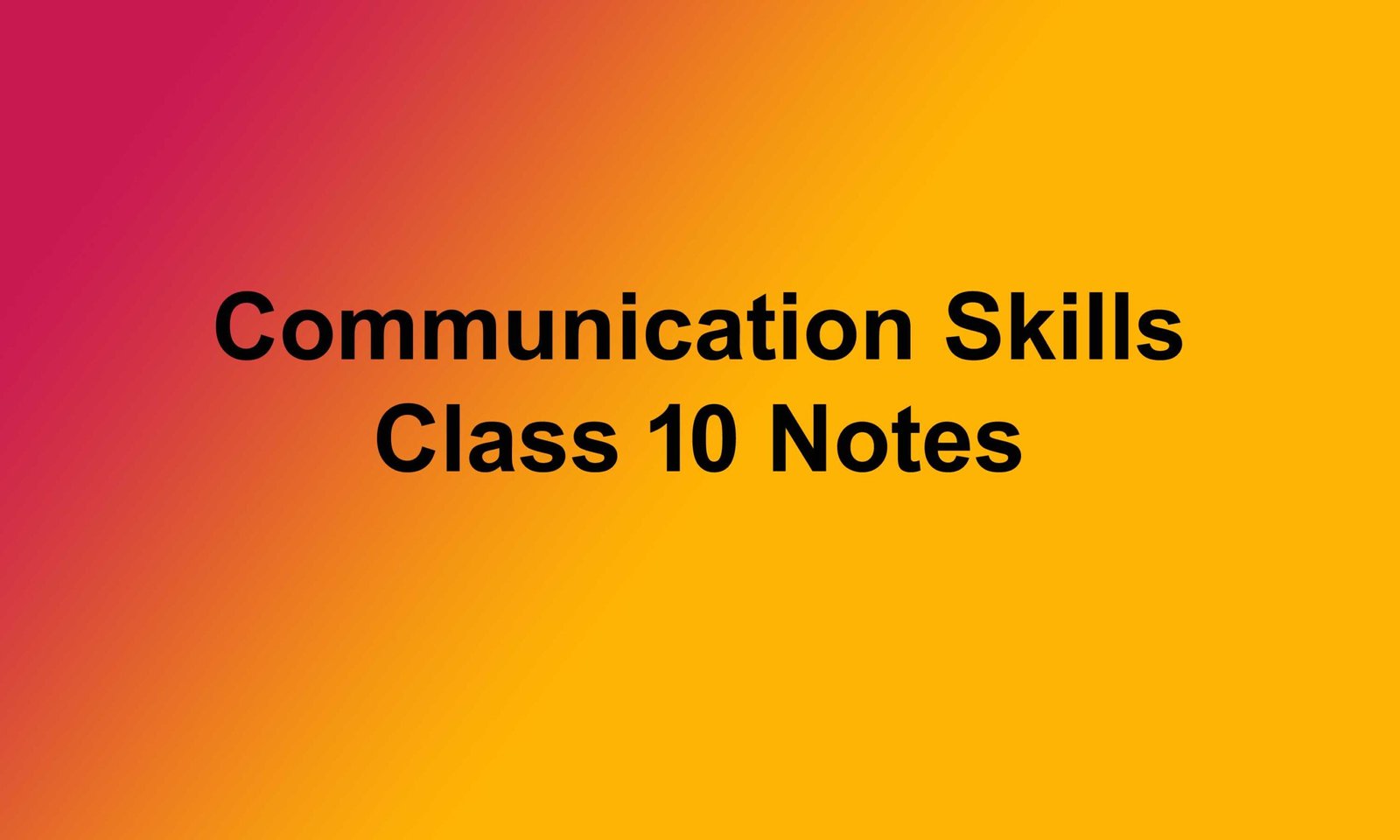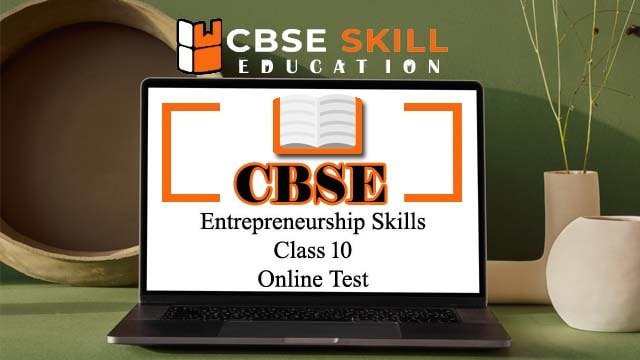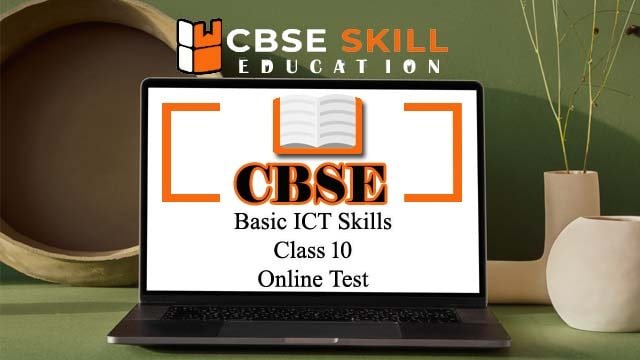Entrepreneurial Skills Class 10 Notes PDF Quick Guide
Entrepreneurial Skills Class 10 Notes – Learning entrepreneur skills help to improve the creative thinking, business management and leadership. All the important Information are taken from the CBSE Textbook Employability Skills Class X Based on CBSE Board Pattern. Entrepreneurial Skills Class 10 Notes What do you mean by entrepreneurship? Entrepreneurship is the type of self-employment … Read more


